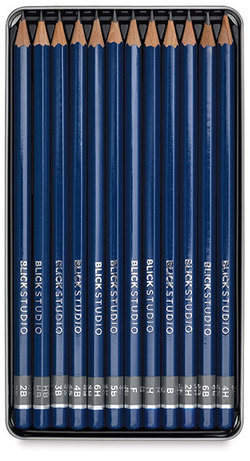
Pencils range from the softest 9B to 9H, the hardest. These materials are ground, pressed and baked and then inserted into wood. If the pencil has an F designation it means it can be sharpened to a fine point and is harder than an HB. Normally the F designation is used in technical or mechanical pencils. Generally, an HB grade about the middle of the scale is considered to be equivalent to a #2 pencil using the U.S. numbering system.
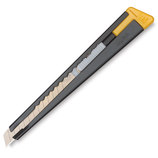
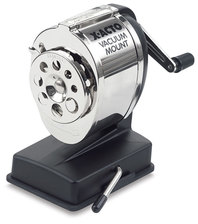
Softer pencils will dull faster than harder leads and require more frequent sharpening, so keep sharpening tools close at hand.
A "H" pencil may be easily erased when used without much pressure and I often use this when initially constructing my drawing. If you need a dark line, use a soft-grade pencil rather than by rubbing over the same spot with a harder pencil. This will produce an ugly shine. Pencil can be layered to produce an almost photographic effect, or used to simply express a moment in time with one or two simple lines. One of my favourite mediums, it is a challenge to master.
There is no specific industry standard for the darkness of the mark to be left within the HB or any other hardness grade scale. Thus, a #2 or HB pencil from one brand will not necessarily leave the same mark as a #2 or HB pencil from another brand. Most pencil manufacturers set their own internal standards for graphite hardness grades and overall quality of the core, some differences are regional, and mixed for the consumer preferences. It is worth the money to purchase a good quality set of pencils for creating art. Cheaper brands will have impurities in the mix that can cause a real problem when drawing. The wood also can break easily and not hold the lead, which in turn will also break. The quality of the wood is important, which should be soft enough for easy sharpening, yet strong enough not to split.
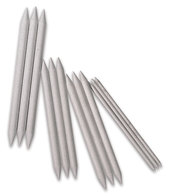
Finding what works best for your own artistic needs is generally a matter of personal preference and experimentation with different brands of pencils. What ever you settle on keep in mind that a pencil drawing must be fixed like a charcoal drawing to protect it against rubbing and smudging.
Paper choice is important for the final result. I've already touch on the subject with an article titled "What is the difference between cold pressed and hot pressed paper?"

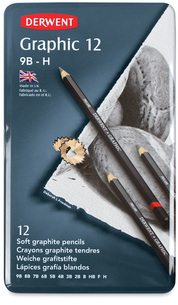
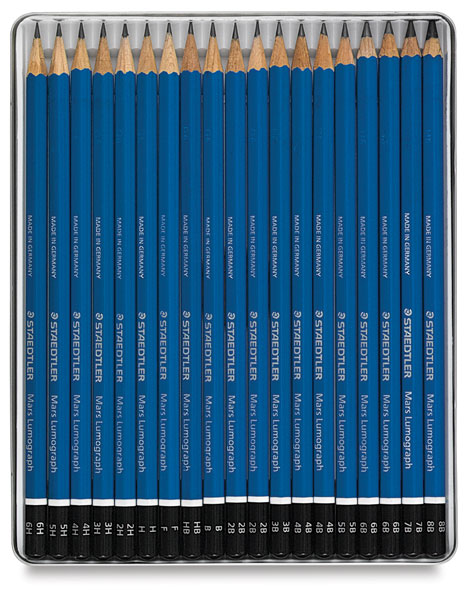








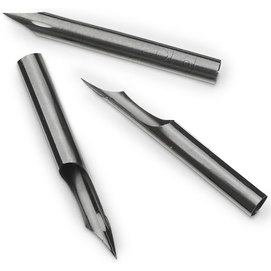
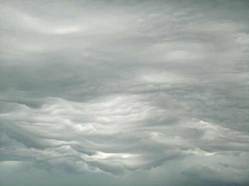


 RSS Feed
RSS Feed